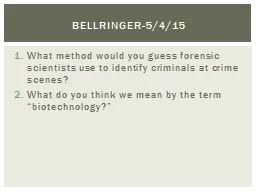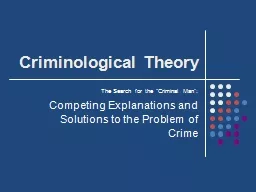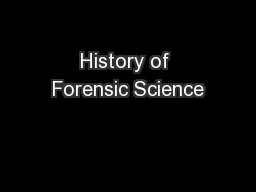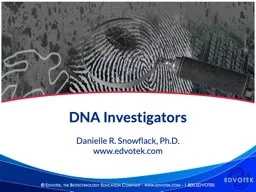PPT-What method would you guess forensic scientists use to identify criminals at crime scenes?
Author : trish-goza | Published Date : 2018-09-21
What do you think we mean by the term biotechnology Bellringer5415 Understanding the Application Biotechnology Genetic engineering refers to any process in which
Presentation Embed Code
Download Presentation
Download Presentation The PPT/PDF document "What method would you guess forensic sci..." is the property of its rightful owner. Permission is granted to download and print the materials on this website for personal, non-commercial use only, and to display it on your personal computer provided you do not modify the materials and that you retain all copyright notices contained in the materials. By downloading content from our website, you accept the terms of this agreement.
What method would you guess forensic scientists use to identify criminals at crime scenes?: Transcript
Download Rules Of Document
"What method would you guess forensic scientists use to identify criminals at crime scenes?"The content belongs to its owner. You may download and print it for personal use, without modification, and keep all copyright notices. By downloading, you agree to these terms.
Related Documents














